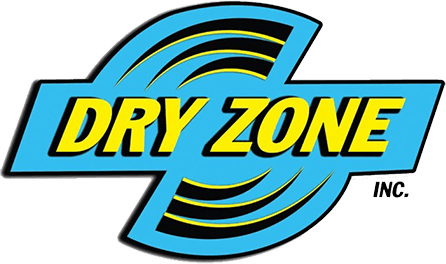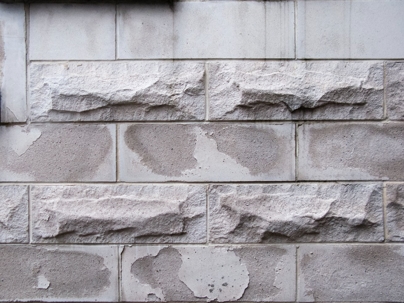Water damage refers to the various degrees of destruction caused by water intrusion into an area that may enable the growth of microorganisms, cause rot or rust on metal surfaces, or promote mold growth. Water damage can cause extensive damage to buildings and their contents and pose a serious health hazard to occupants. That’s why it’s crucial to prevent it. And one way you can do so is with structural drying.
What Is Structural Drying?
Structural drying is the process of removing moisture from the structure of a building. This can be done through various methods, including air drying, dehumidification, and evaporation. Structural drying is often necessary after a water damage event, such as a flood or leak, to prevent further damage to the building and its contents.
There are several factors that need to be considered when drying a structure, such as the type of materials that make up the structure, the amount of moisture present, the temperature and humidity of the environment, and the ventilation. Structural drying aims to remove as much moisture as possible from the structure while preventing further damage.
Why Is Structural Drying an Effective Way to Eliminate Water Damage?
Water damage is one of the most common and costly problems that homeowners face. If not addressed quickly and properly, water damage can lead to serious structural problems, mold growth, and health hazards.
Structural drying is an effective way to eliminate water damage because it:
– removes water quickly: The industrial-strength fans used in structural drying create a powerful airflow that quickly dries out wet materials.
– prevents mold growth: Mold spores need water to grow. By removing water from wet materials, structural drying helps to prevent mold growth.
– helps to preserve the structure of the home: Water can cause serious structural damage to a home if not addressed quickly and properly. Structural drying helps to preserve the structure of the home by quickly removing water from wet materials.
How Is Structural Drying Done?
The first step in structural drying is to assess the damage and determine the best course of action. This may involve removing wet materials, such as carpeting and drywall, or opening up the structure to allow air circulation. Once the decision is made, the restoration company will set up the equipment needed for the job.
This equipment includes powerful fans and dehumidifiers. The fans are used to circulate air throughout the building, while the dehumidifiers work to remove moisture from the air. The combination of these two pieces of equipment helps to speed up the drying process.
The structural drying process can take several days to complete, depending on the severity of the damage. Once the process is finished, the restoration company will work to repair any damage that has been done to the structure. This may involve replacing wet materials, such as drywall and carpeting, or repairing any water damage that has occurred.
Final Thoughts
Structural drying is an effective way to eliminate water damage. It involves removing all the water from the affected area and then using fans and dehumidifiers to dry the area. This process can help prevent the growth of mold and mildew and can also help prevent further damage to the structure.
Prevent water damage in your home with the help of DryZone. We are a disaster restoration company that provides water damage restoration services in Florida. Our team specializes in structural drying, quickly returning the structure back to its pre-loss condition. Get in touch with us today!


